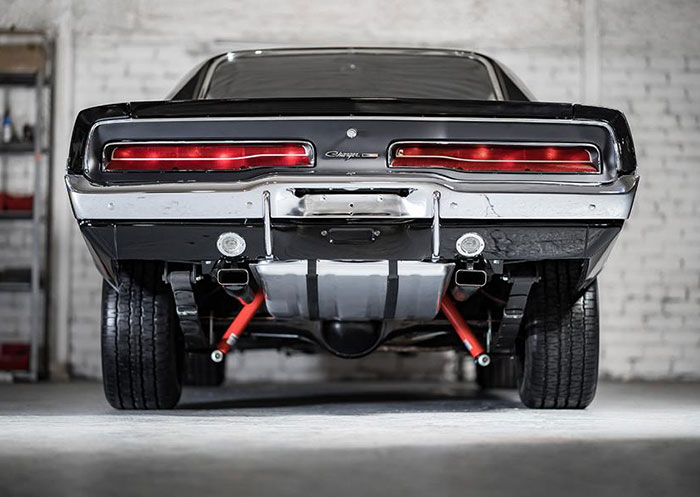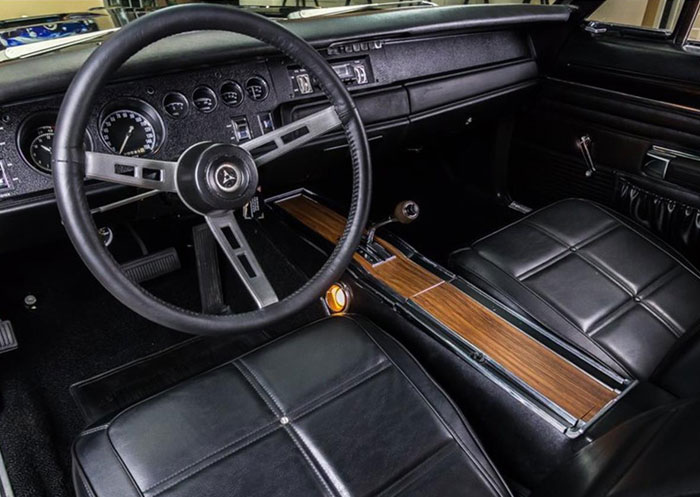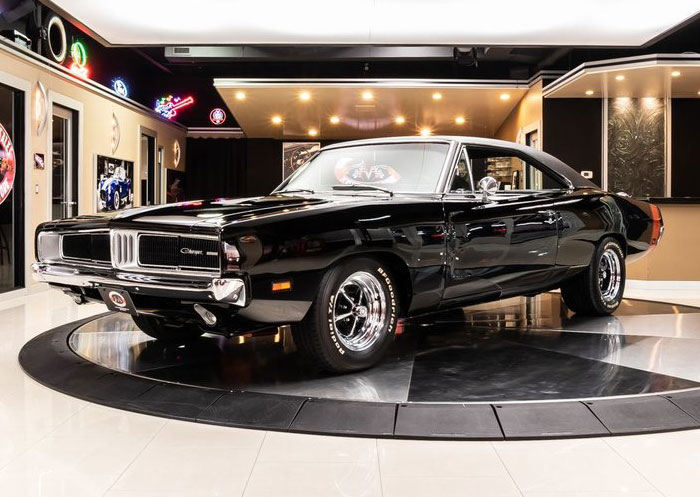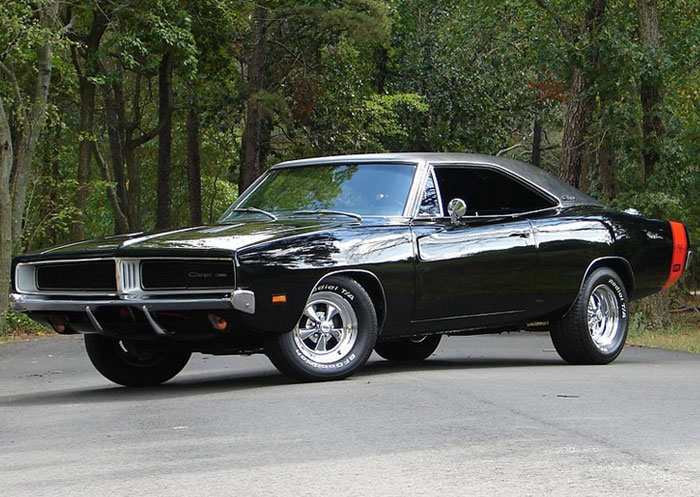
Join us and be an active member and benefit from our services
Dodge Charger
During the early-1950s, automakers were exploring new ideas in the personal luxury and specialty car segments. Chrysler, slow to enter the specialty car market, selected their Dodge Division to enter the marketplace with a mid-size B-bodied sporty car to fit between the "pony car" Ford Mustang and "personal luxury" Ford Thunderbird. The intention was to create a fastback look while sharing as much existing company hardware as possible. utilizing lessons learned from the luxury coupe Chrysler 300.
The Coronet-based Charger that resulted was introduced in mid-season of the 1966 model year in response to the Rambler Marlin, Ford Mustang, and Plymouth Barracuda. Style-wise it was generally a departure from the Dodge's mainstream cars. The 1965 Marlin, along with the Charger that arrived during the 1966 model year, were two cars which set a new standard for radical fastback design in American mid-size automobiles. According to Richard M. Langworth, "because it was an intermediate like the Rambler Marlin, the Charger could have been an aesthetic disaster, but long side windows prevented its sweeping roof from looking too heavy.
Lynn Townsend was at odds with the Dodge Dealers and wanted to do something to please them. So in 1965 he asked me to come to his office - for the second time. He noted that one of the Dodge Dealer Council requests was for a Barracuda type vehicle. The overall dealer product recommendation theme was the same - we want what Plymouth has. The specific request for a Mustang type vehicle was not as controversial to Lynn. His direction to me was to give them a specialty car but he said 'for God's sake don't make it a derivative of the Barracuda': i.e. don't make it a Barracuda competitor
We built a Charger 'idea' car which we displayed at auto shows in 1965 to stimulate market interest in the concept. It was the approved design but we told the press and auto show attendees that it was just an "idea" and that we would build it if they liked it. It was pre-ordained that they would like it.
The Charger made its debut in mid-1966. Sharing its chassis and front-end sheet-metal with the mid-sized Coronet, the Charger was positioned to take on AMC’s conceptually similar Rambler Marlin. It was better looking, but somewhat more expensive, $2,850 to $3,100 ($22,733 in 2020 dollars) to ($24,727 in 2020 dollars).
Significantly, the Charger's interior was different from all other cars, with a full-length center console and "all bucket seating" front and rear, inspired by the 1960-1962 Chrysler 300. Also an innovation, the rear's pseudo-buckets could be folded down to create interior space accessible via the enormous rear hatch. The Charger wasn't intended to compete head-to-head in performancy with pony cars, but was available with Chrysler's famed 426 Hemi V8
On January 1, 1966, viewers of the Rose Bowl were first introduced to the new "Leader of the Dodge Rebellion", the 1966 Charger. The Charger's debut also followed by a half model year the introduction of a new street version of the 426 cu in (7.0 L) Chrysler Hemi engine. With the Charger, Dodge had a new model to build a performance image to go along with this engine.
Designed by Carl "CAM" Cameron, the Charger introduced a fastback roofline and pot-metal "electric shaver" grille, complete with fully rotating headlights, a feature not seen on a Chrysler product since the 1942 DeSoto. In the rear the fastback design ended over a full-width six-lamp taillight with chromed "CHARGER" lettering.
| # | Dodge Charger | 1966–1967 |
|---|---|---|
| § | Body Style | 2-door fastback |
| 2 | Engine | 318 cu in (5.2 L) 2bbl A V8 |
| 3 | Transmission | A230 3-speed manual |
| 4 | Layout | FR layout |
| 7 | Wheelbase | 117.0 in (2,970 mm) |
| 8 | Length | 203.6 in (5,170 mm) |
| 9 | Width | 75.8 in (1,930 mm) |





